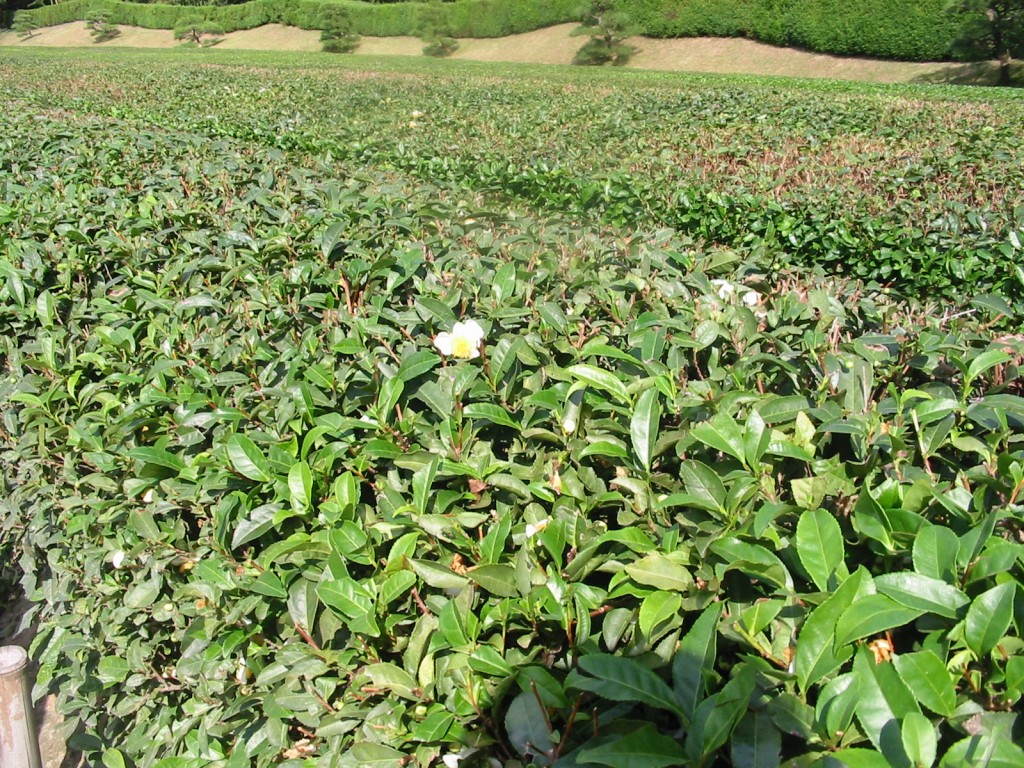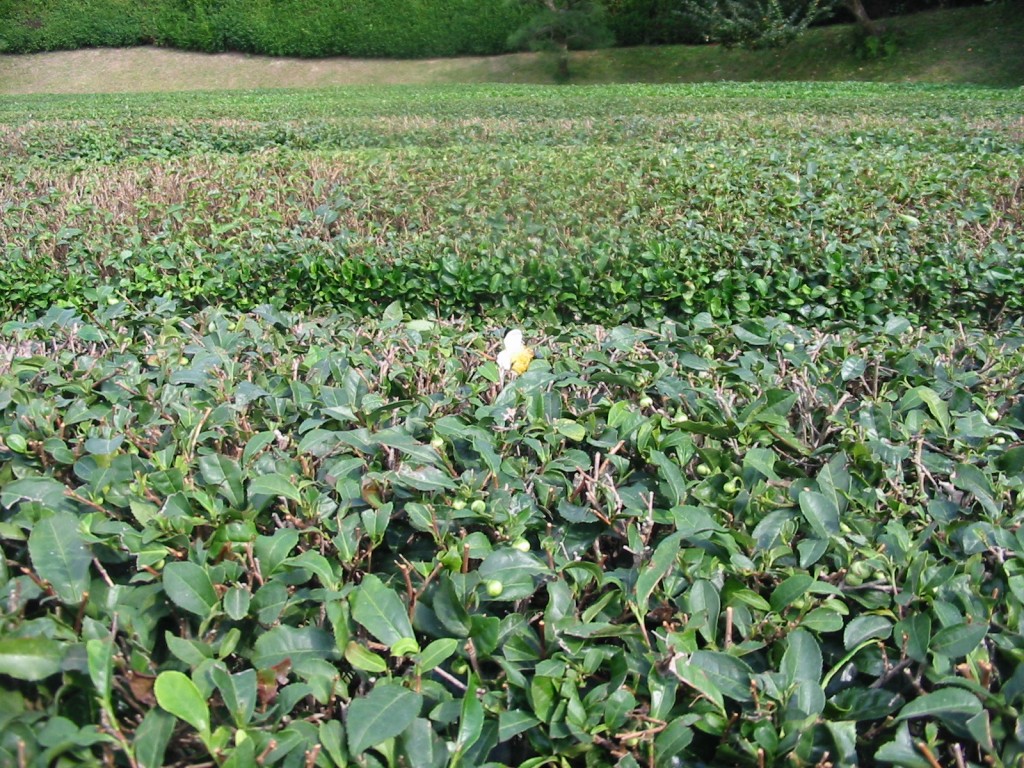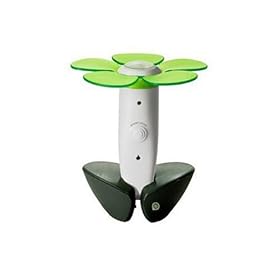
Every reader of TheGardenLady knows the importance of pollinators to pollinate (pol·li·nate- definition of the verb; To transfer pollen from an anther to the stigma of (a flower) flowers, vegetables and other plants, shrubs and trees.)
All agriculture depends on pollinators. “Pollinators are essential to Life.” We’ve read numerous articles about the problem called bee Colony Collapse Disorder (see here and here). Or the drastic decline, globally, of butterflies (see here and here). There is even a global bat decline (see here and here and here). All pollinators seem to be on the decline around the world.
TheGardenLady and her readers should try to do everything they can do to help the pollinators. One of the ways to do this is to grow plants that pollinators like and need. If the pollinator is an insect, the plants you grow should encourage insects from the egg stage through the end or their lives. If the pollinator is a bat, the plants that bats would need are crucial.
Toward that end, a new website is out there. This is a new Ecoregion planting guide to attract pollinators from www.pollinators.org. On the website, the co-founder of the Pollinator partnership says “Farming feeds the world and we must remember that pollinators are a critical link in our food systems.”
This website is for the US. TheGardenLady hopes that this type of website would expand for the rest of the globe. She wishes readers would let her know what similar websites are available in your part of the world.
Check out the website:Â www.pollinator.org/guides.htm for plants you can put in your garden or farm.


![Sansevieria - Mother-in-law tongue or Snake Plant [Photo by Green Acres Nursery and Supply]](http://farm4.static.flickr.com/3282/2629831760_9308c4313e.jpg?v=0) TheGardenLady received this question from Donna:
TheGardenLady received this question from Donna:





